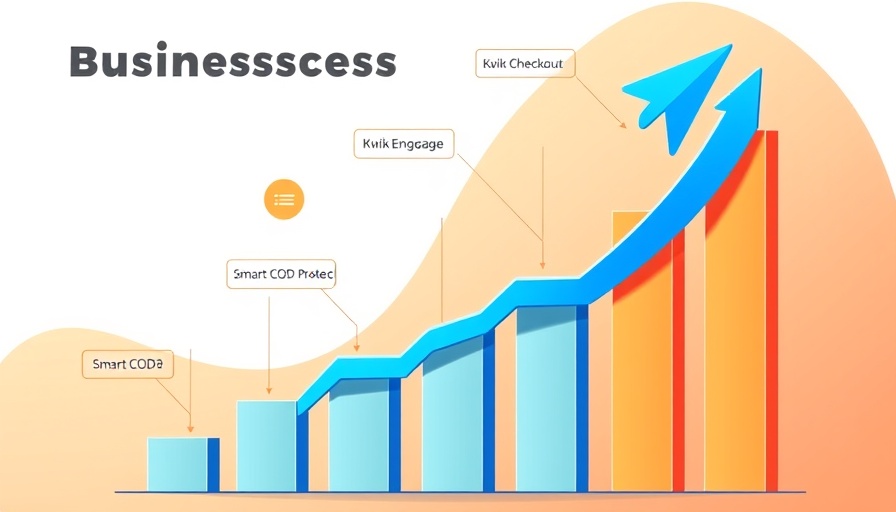
NVIDIA's Groundbreaking Leap into AI Humanoid Robotics
NVIDIA Corporation (NVDA) has recently made headlines by taking a significant step forward into the world of AI humanoid robots. Known for its dominance in graphics processing units (GPUs), the company's ambitious foray into this innovative sector promises to reshape the landscape of robotics, machine learning, and human-robot interaction. This article dives into what this advancement could mean for the tech industry and society at large.
Bridging the Gap Between Humans and Machines
The introduction of AI humanoid robots is not merely a technological marvel; it represents a cultural shift towards more integrated human-machine collaboration. These robots can assist with various tasks across industries, from healthcare to customer service, enhancing efficiency and possibly even replacing human roles in certain repetitive tasks. As AI humanoid capabilities advance, we can expect an increasing presence in environments that were traditionally human-centric.
Insights from Historical Context: The Evolution of Robotics
To understand the importance of NVIDIA’s move, one should consider the historical evolution of robotics. In the mid-20th century, robotics was primarily focused on mechanical arms and automation for manufacturing. Fast forward to today, advancements in AI and machine learning have paved the way for robots that can learn from their environments, understand human commands, and even exhibit emotional responses. NVIDIA is now positioning itself at the forefront of this development, merging powerful computing with robotic capabilities.
Current Events in AI Development and Robotics
The recent influx of interest from major technology companies, along with government investments in AI, signifies a race to improve robotic technologies. Firms like Boston Dynamics and Tesla are also exploring similar territories. This competitive landscape will likely spur rapid innovation, making humanoid robots more pivotal in sectors such as logistics, healthcare, and autonomous transportation.
Data-Driven Predictions: The Future of AI Humanoids
Diving into the implications, data suggests that the global market for humanoid robots is expected to surge significantly. According to industry analysts, the sector could be worth billions within the next decade. The potential applications are vast—from assisting elderly populations in their homes to revolutionizing labor-intensive industries.
Analysis of Human Connection: Will We Trust AI?
A unique perspective arises regarding how society will adapt to the integration of humanoid robots. Public sentiment surrounding AI remains divided; while many embrace technological advancements, concerns about job displacement and emotional safety are prevalent. Trust in AI and humanoid robots will play a crucial role in their acceptance and effectiveness. Ultimately, building trustworthy relationships will require transparency in AI processes and ensuring work supplementation rather than replacement.
Practical Steps Forward: Embracing Change
For industries looking to implement AI humanoids, the first step lies in education and training. Understanding the capabilities and limitations of these robots is essential for seamless integration into operations. Furthermore, companies should prioritize ethical practices in AI development, ensuring these technologies serve humanity positively and constructively.
Engaging with the Future: Exploring the Impact
As NVIDIA and other technology contenders venture deeper into AI robotics, the dialogue surrounding these technologies will become increasingly complex. For individuals in tech, policy, and everyday life, staying informed and involved in discussions about AI humanoids will be essential for navigating the future of work and human interaction.
 Add Row
Add Row  Add
Add 




 Add Row
Add Row  Add
Add 
Write A Comment